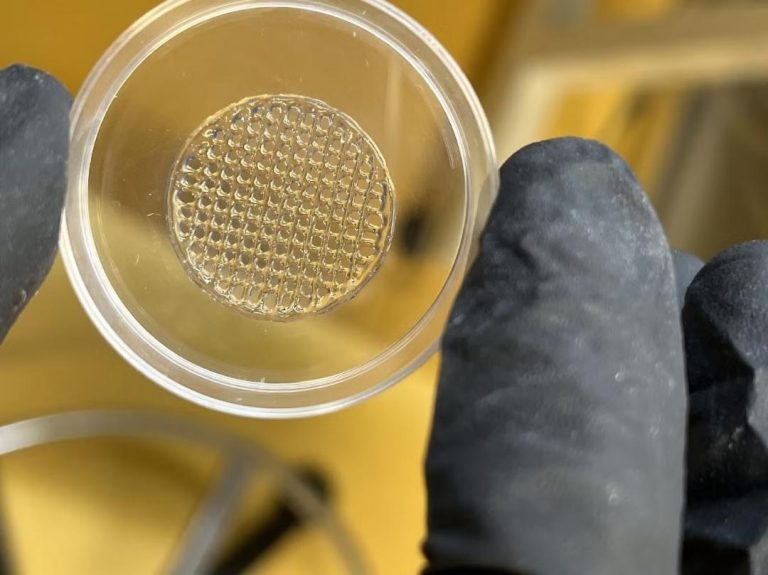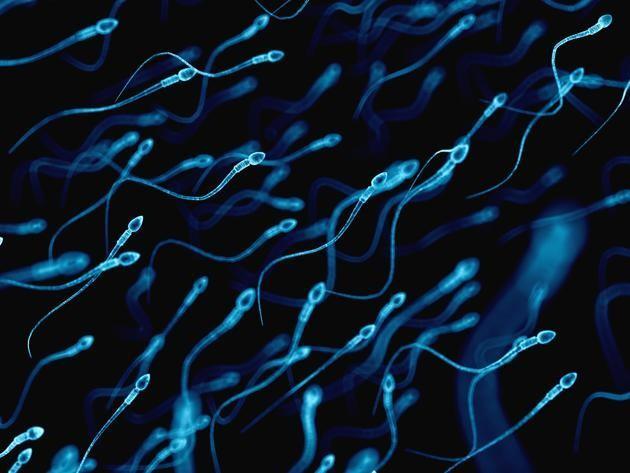Scientists Create Mice with 2 Males Without Female DNA in China
In a groundbreaking achievement, scientists in China have successfully bred mice with two males, sparking significant implications for the understanding of genetics and reproduction. This remarkable feat was made possible by removing DNA from a female mouse’s immature egg and introducing sperm into the egg to grow stem cells, which were then used to create a fertilized egg that can develop into a mouse with DNA from two males.
The development, led by researchers at the Chinese Academy of Sciences, has been hailed as a major breakthrough in the field of reproductive biology. The study, published in the journal Cell, details the process by which the scientists created the two-male mice, highlighting the potential for further research into the genetic makeup of these animals.
According to the study, the researchers began by removing the DNA from a female mouse’s immature egg, known as a primordial follicle. They then introduced sperm from a male mouse into the egg, allowing the sperm to fuse with the egg’s surrounding cells. This process, known as parthenogenesis, resulted in the growth of stem cells that were identical to those found in embryos.
The stem cells, which contained DNA from the male mouse, were then injected into a second egg, resulting in a fertilized egg that contained DNA from two males. This egg was then implanted into a surrogate mother mouse, where it developed into a healthy pup that grew into a mature mouse.
The significance of this achievement cannot be overstated. For the first time, scientists have successfully created a mammal with DNA from two males, without the presence of any female DNA. This has major implications for our understanding of genetics and reproduction, and could potentially lead to new insights into the development of embryos and the creation of genetically modified organisms.
The study’s lead author, Dr. Qi Zhou, a scientist at the Chinese Academy of Sciences, emphasized the importance of the discovery. “This study demonstrates the possibility of generating offspring with two male parents, which has significant implications for our understanding of mammalian reproduction and development,” Dr. Zhou said in a statement.
The possibility of creating life without female DNA has long been a topic of interest and debate in the scientific community. While this achievement is a significant milestone, it is important to note that the creation of two-male mice does not necessarily mean that the same principle can be applied to humans.
However, the study does highlight the potential for further research into the genetic makeup of these animals, and could potentially lead to new insights into the development of embryos and the creation of genetically modified organisms. The study’s findings also raise important questions about the ethics of genetic engineering and the potential consequences of altering the natural course of reproduction.
As the scientific community continues to explore the implications of this discovery, it is clear that the creation of mice with two males without female DNA is a significant achievement that has the potential to revolutionize our understanding of genetics and reproduction.






